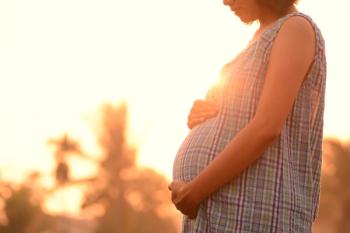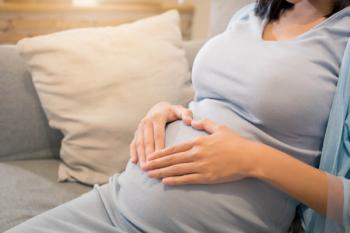
Vaginal Birth After Cesarean (VBAC)
Almost 25% of the babies born in this country are delivered by cesarean section. Of these cesarean deliveries, one-third are repeat cesarean sections. In the past, it was believed that once a woman had a cesarean section, that all of her subsequent deliveries should also be cesarean. However, the current medical opinion is that most of these women can attempt a natural, vaginal delivery.
Almost 25% of the babies born in this country are delivered by cesarean section. Of these cesarean deliveries, one-third are repeat cesarean sections. In the past, it was believed that once a woman had a cesarean section, that all of her subsequent deliveries should also be cesarean. However, the current medical opinion is that most of these women can attempt a natural, vaginal delivery.
There are several reasons why a woman should want to attempt a vaginal delivery. First of all, there are more risks involved for the mother with a cesarean section, it is after all, major abdominal surgery. This means that there is more of a chance for blood loss, transfusion, and infection. There will be more days spent in the hospital after delivery, and the overall recovery time at home for the mother is much longer than the recovery from a vaginal delivery. In addition, the hospital costs can be more than twice as expensive.
For all of these reasons, women who have had a cesarean in the past should strongly consider natural delivery for subsequent pregnancies. Several studies support this recommendation, and successful vaginal deliveries are possible in up to 80% of appropriately selected patients. The 20-30% who are not successful will require a repeat cesarean section. As with most medical procedures, there are risks involved in attempting a vaginal birth after cesarean section (VBAC). For the most part, these risks are less than the risk of proceeding with an automatic repeat cesarean delivery. In fact, numerous medical studies have demonstrated that there is no increased risk of illness or death to the mother or the baby
An important point here is that some women may not be a candidate for a trial of labor after a previous cesarean delivery. For the most part, whether or not you would be a candidate depends upon the type of incision made on your uterus (womb) during the previous cesarean section
References:
Bibliography
1. Williams Obstetrics, 20th Edition, F. Gary Cunningham, M.D. et.al., Appleton & Lange, Stamford, Connecticut, 1997.
2. Vaginal Birth After Cesarean Delivery, ACOG Patient Education, AP070, 1990, reviewed 1995.
3. Vaginal Delivery After Previous Cesarean Birth, ACOG Practice Patterns, No. 1, August 1995.
Newsletter
Get the latest clinical updates, case studies, and expert commentary in obstetric and gynecologic care. Sign up now to stay informed.











